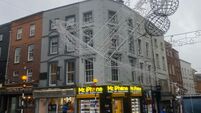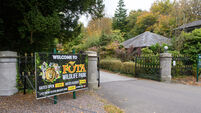In-depth analysis of stained clothing
Anyone turning up at the Criminal Courts of Justice hoping for an Irish version of CSI: Miami complete with a colourful lead character like Lieutenant Horatio “H” Caine would have been sorely disappointed.
The job of forensic scientists charged with examining material from a crime scene can be a dull, painstaking, repetitive, yet important exercise – much like the evidence that followed.













